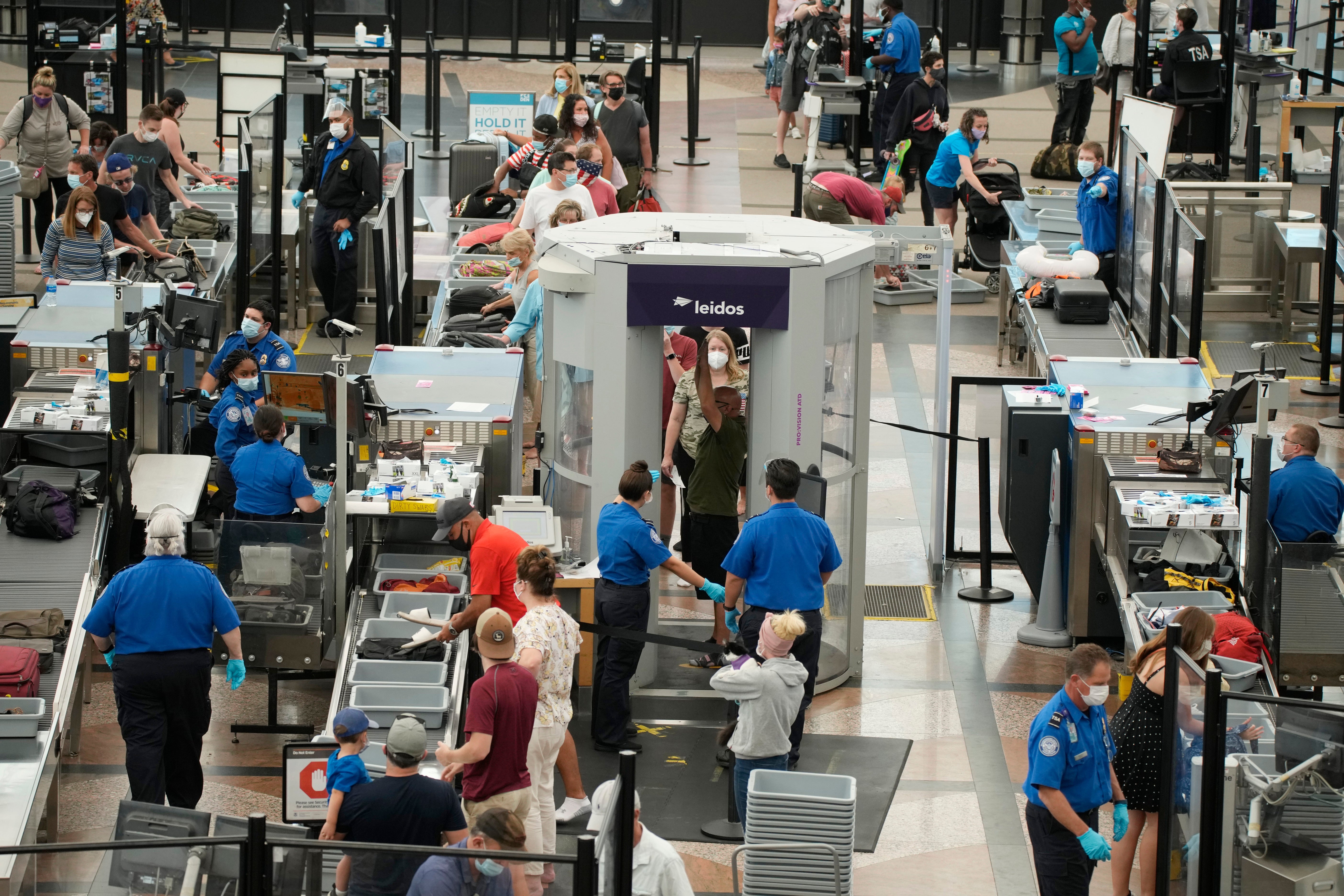Treasury claims rental assistance helped stop eviction wave
The number of households receiving emergency rental assistance has increased steadily in recent months, with no major increase in people being turned out of their homes despite the expiration of the federal eviction moratorium

Your support helps us to tell the story
From reproductive rights to climate change to Big Tech, The Independent is on the ground when the story is developing. Whether it's investigating the financials of Elon Musk's pro-Trump PAC or producing our latest documentary, 'The A Word', which shines a light on the American women fighting for reproductive rights, we know how important it is to parse out the facts from the messaging.
At such a critical moment in US history, we need reporters on the ground. Your donation allows us to keep sending journalists to speak to both sides of the story.
The Independent is trusted by Americans across the entire political spectrum. And unlike many other quality news outlets, we choose not to lock Americans out of our reporting and analysis with paywalls. We believe quality journalism should be available to everyone, paid for by those who can afford it.
Your support makes all the difference.The number of households receiving emergency rental assistance has increased steadily in recent months, with no major increase in people being turned out of their homes despite the expiration of the federal eviction moratorium, the Biden administration said Monday.
Fresh numbers released by the Treasury Department, which oversees the Emergency Rental Assistance program, showed that the number of households receiving the benefits jumped 10% in September — up to 510,000 households compared with 459,000 in August.
“There has been no major national spike in evictions after the federal moratorium came down, with evictions filings remaining below historical averages,” the Treasury Department said in a statement, citing data from Princeton University's Eviction Lab.
Congress authorized $46.5 billion in emergency rental assistance late last year. But the initial rollout of the program was plagued by slow dispersal, with administration officials publicly blaming state and municipal partners for bottlenecking the process with excessive bureaucracy and slow reaction time.
In response, the government issued new guidance over the summer, encouraging states to cut down on paperwork and allow applicants to “self-attest” their hardship without providing bank statements or pay stubs.
Gene Sperling, President Joe Biden s senior adviser on eviction relief efforts, cited that streamlined process with helping speed the money flow and keep desperate families in their homes.
The rental assistance funds are “making a meaningful difference in preventing the feared surge in evictions, but it is still not good enough,” Sperling told reporters Monday. “Even with the stronger performance, we know that if we don’t do better nationwide, hundreds of thousands of families will still unnecessarily face ... risk of eviction.”
The Biden administration allowed the federal evictions moratorium to lapse at the end of July, then revived it a few days later in response to pressure from political allies. But the Supreme Court ruled in late August that the administration lacked the authority to halt evictions, and Congress has not stepped in.
While the federal government now focuses on pumping money into rental assistance programs, the national moratorium has devolved into a patchwork of localized moratoriums, in places like Washington D.C., Boston and New York state — all expiring on different schedules.
Some of those local moratoriums are partially credited with helping prevent evictions across the nation. And some housing advocates warn that the lower than expected eviction numbers may also be a result of the backlog of cases slowly working through overloaded housing courts.
Diane Yentel, President of the National Low Income Housing Coalition, credited the most recent Treasury numbers as “evidence of improved program administration in some communities.”
But she cautioned against premature celebrations, saying the threat of mass evictions still looms and the federal relief money is still moving too slowly in many jurisdictions.
"Many other communities still lag behind — they need to quickly improve programs and get emergency rental assistance to tenants who need it to stay stably housed,” Yentel said.
The Household Pulse Survey conducted by the U.S. Census Bureau in late August indicated that more than 7.5 million Americans were behind on their rent and 1.3 million said it was “very likely” that they'd be evicted in the next two months.
But for now the Treasury Department is hailing the national numbers as proof that the move to streamline the application process has produced tangible results. The Treasury statement cites dramatic local jumps in the amount of rental assistance funds dispersed: the city of Los Angeles went from $32 million dispersed in August to $72 million in September; the state of Illinois dispersed $62 million in August and $177 million in September.
The jurisdictions cited all “simplified their application processes for tenants through an enhanced reliance on self-attestation,” the statement said.
Now Treasury will begin the process of reclaiming some of that unused rental assistance funds from locations that have been slow to distribute. State and local officials faced a Sept. 30 deadline to disburse 65% of the money they had received in the first batch of rental assistance funding. Those who fall below that threshold will have the unused portion reclaimed and the money will be redistributed to other parts of the country.
The Treasury statement said the department was beginning the evaluation process and would make determinations in mid-November on how much to reclaim and where to redirect it.